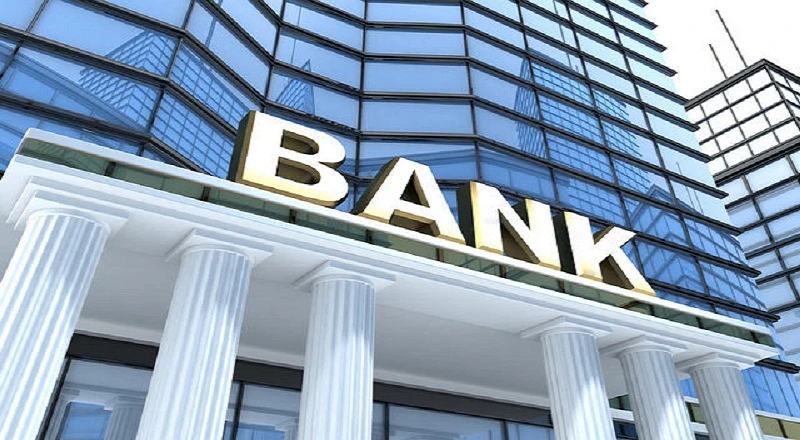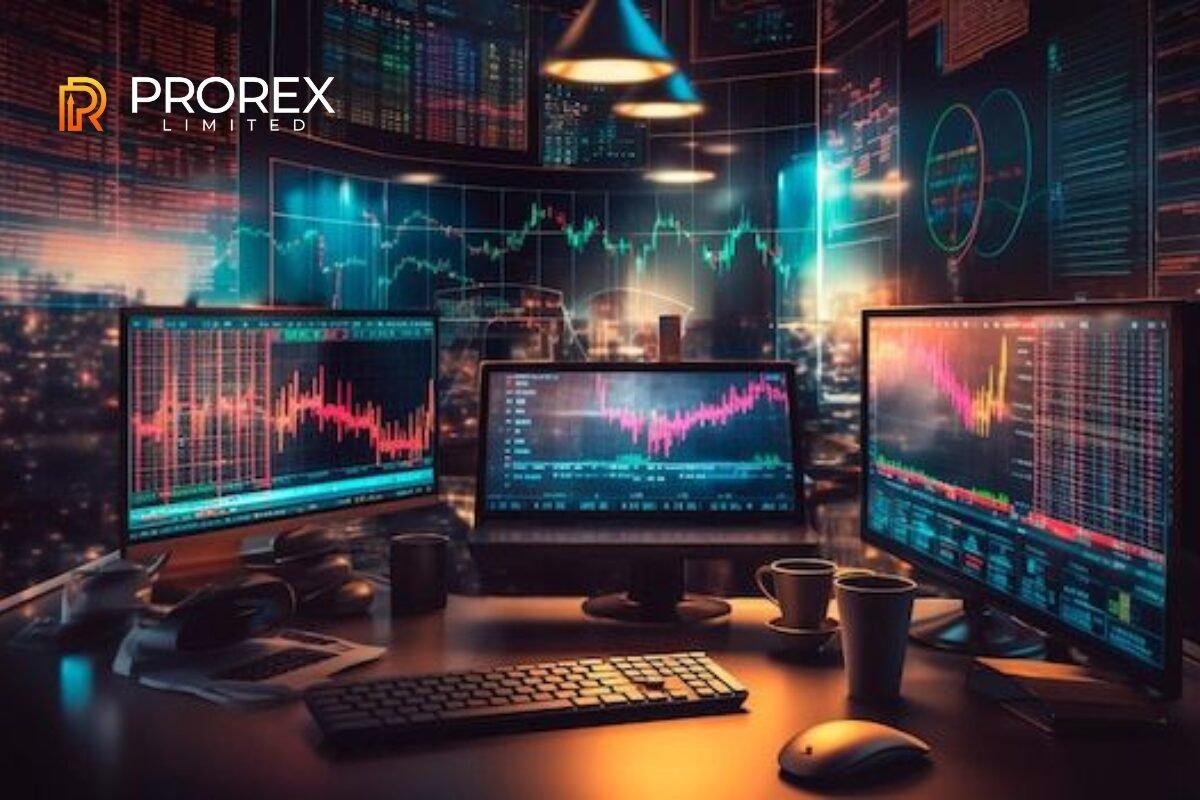If you’ve been hearing the term RWA liquidity and wondering what all the fuss is about, you’re not alone. It’s a hot topic in crypto and fintech circles, but let’s be honest — the concept can feel a bit abstract at first.
This guide will walk you through the basics:
- What RWA liquidity actually is
- Why it matters
- What the potential benefits and drawbacks are
- And where things stand right now
Let’s dive in.
What Is RWA Liquidity, Anyway?
First things first:
RWA stands for Real-World Assets — things like real estate, government bonds, invoices, or even carbon credits. These are physical or traditional financial assets that aren’t native to the blockchain.
Liquidity refers to how quickly and easily you can sell or trade something without affecting its price too much.
So, RWA liquidity is all about how easy it is to buy, sell, or trade real-world assets — especially once they’ve been tokenized.


Wait, What’s Tokenization in RWA Liquidity?
Great question.
Tokenization is the process of taking a real-world asset and representing it as a digital token on a blockchain. Each token stands for ownership (or a share of ownership) in that asset.
Imagine owning a slice of a building or a portion of a U.S. Treasury bond, all through digital tokens you can trade online. That’s the big idea.


Why People Are Excited About RWA Liquidity
Supporters believe that tokenizing real-world assets can fix a lot of problems that exist in traditional finance. Here’s what they love:
1. Fractional Ownership in RWA Liquidity
You don’t need to be rich to invest. With tokenization, you might only need $50 instead of $500,000 to buy into an asset like real estate.
2. 24/7 Access
Blockchains don’t close for the weekend. In theory, you can trade RWA tokens anytime — unlike traditional markets.

3. Global Participation
Tokenized assets can be accessed by investors around the world. You’re not limited to local buyers or institutional players.
4. Better Transparency
Because blockchain records are public and immutable, it’s easier to verify who owns what — and when.
But There Are Some Major Challenges in RWA Liquidity, Too
It’s not all smooth sailing. Just because an asset is tokenized doesn’t mean it’s instantly liquid.
1. Lack of Buyers
Even if you own a tokenized piece of a building, you still need someone to want to buy that piece. No buyers = no liquidity.
2. No Established Markets (Yet)
The infrastructure for trading RWA tokens is still growing. Without strong secondary markets, selling your tokens can be tough.
3. Legal Uncertainty
Different countries have different rules about how tokenized assets are handled. This legal gray area makes some investors hesitant.


4. Trust Takes Time
People don’t just jump into new financial systems overnight. Adoption is slow — and for good reason. It takes time to build confidence.

Some Real-World Examples
Even though the concept is new, some companies are already experimenting with RWA liquidity:
- Centrifuge is working on tokenizing business invoices.
- Ondo Finance offers tokenized U.S. Treasuries.
- Maple Finance supports lending that uses real-world collateral.
These are early-stage projects, kind of like pilot tests — but they’re showing promise.
A Quick Reality Check
Even the best technology needs time to mature. RWA tokenization looks amazing on paper, but it won’t revolutionize finance overnight.
It’s also not just about code — it’s about people. People need to understand the risks, trust the platforms, and feel safe putting their money in. That kind of change takes years, not months.
So… Is RWA Liquidity the Future?
Maybe.
If the tech continues to develop, and legal frameworks catch up, RWA liquidity could transform the way we trade and invest in assets. But there are still a lot of moving parts — and a lot of uncertainty.
Think of this as the early days of online banking or streaming video. It took time for the infrastructure to improve, for people to trust it, and for the mainstream to get on board.

In Summary
| Concept | What to Know |
|---|---|
| RWA (Real-World Assets) | Physical/traditional assets like real estate |
| Tokenization | Turning assets into tradable digital tokens |
| Liquidity | How easily you can buy/sell something |
| Big Promise | Fractional ownership, global access, 24/7 markets |
| Big Challenge | Legal hurdles, trust, and lack of buyers/trading venues |
Final Thought
RWA liquidity could reshape finance — just not all at once. If you’re new to the space, keep learning, stay cautious, and watch how the landscape evolves. The next few years will be key.
Want help understanding specific RWA platforms or tools? I’d be happy to break those down too.
Relevant Link : RWA Liquidity: Real Breakthrough or Just Hype? A Pros & Cons Breakdown



